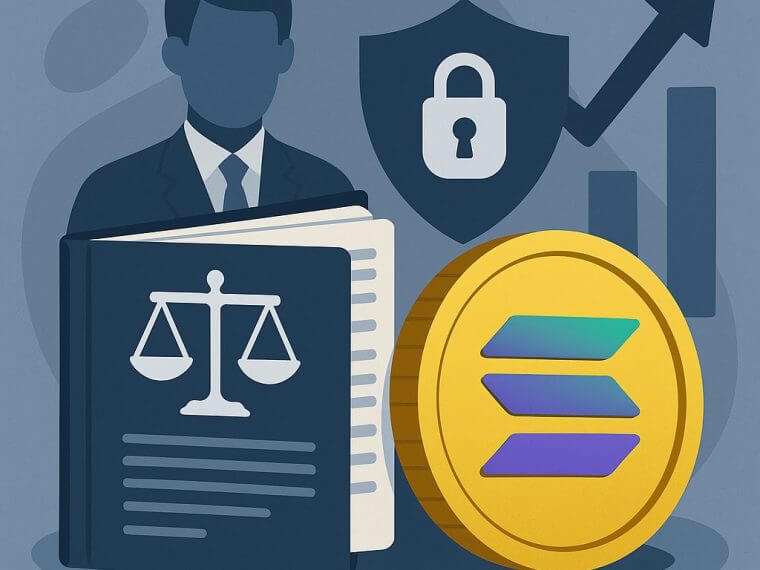Sam Bankman-Fried Claims FTX Was Never Insolvent as Repayments Exceed $8B

- Bankman-Fried claims FTX was never insolvent, only facing a short-term liquidity crisis.
- Customers are reported to recover up to 143% of owed amounts, supporting his solvency claim.
- The report notes that asset sales and market timing affected the estate’s overall returns.
Sam Bankman-Fried has stated that FTX was never insolvent and had sufficient assets to repay its customers. In a report dated September 30, 2025, he explained that the debacle of the exchange in November 2022 was due to a liquidity crisis and not a resource crisis: He says that recent recoveries support his position.
Bankman-Fried and his group wrote that the $8 billion owed to customers “never left.” FTX customers are reported to receive between 119% to 143% of their amounts owed when the company went bankrupt. The document points out that the percentage of customers already paid back is 120% by roughly 98%.
FTX Estate Retains $8 Billion After Settling Customer Claims
After paying out $8 billion in claims and $1 billion in legal fees, there is still some $8 billion in the FTX estate. In fact, the document states that FTX “never was insolvent.”
Also Read: FTX Taps Payoneer to Help Distribute Funds to Eligible Customers
The collapse is characterised by the run on the bank in this paper. It implies that billions of dollars were drained within days, leaving platform to seek financing and asset sales. According to the team, negotiations were in progress to normalize the situation towards the end of November 2022. The withdrawals were to resume before the bankruptcy halted activities.
Bankman-Fried’s account discredited earlier assertions by the bankruptcy team that there were huge losses. He argues that both FTX and Alameda Research were solvent in 2021 and through mid-2022.
His group attributes later bankruptcy decisions for creating underperformance. Others report that some asset sales were timed incorrectly and resulted in reduced returns.
Insider Advantages and High Fees Under Fire
The report mentions stakes in Solana, Sui, and Anthropic that would have been worth considerably more had they been held during the market recovery. It also has charged insiders with gaining advantages through favorable pricing while the professional fees were burning a huge hole in the pocket.
This document also criticizes the mode of repayment by the customers. It claims that creditors were paid in November 11, 2022 value instead of cryptocurrency. Bankman-Fried’s team has noted that this method leaves out customers from the profits of the recent crypto rally. It creates a gap between bankruptcy prices and current prices.
The platform once had a market cap of more than $30 billion and more than a million users. Its downfall came after the discovery of financial links between FTX and Alameda Research.
This led to a rush for withdrawals and a failed rescue effort. Bankman-Fried was convicted in 2023 on seven charges and sentenced in March 2024 to 25 years in jail with an $11 billion forfeiture.

Source: BOP
The FTX estate has harmonized its actions, arguing that its asset recovery and litigation strategy resulted in one of the highest customer recovery rates in a crypto bankruptcy. Smaller account holders have shifted towards speed and surety of cash payments. Meanwhile, shareholders have recaptured only a minuscule amount of their money.
Bankman-Fried’s document is trying to change the public record. It is argued that had FTX’s governance not transferred to outside counsel and the statutory process run its course, everything in 2022 could have been paid.
Also Read: Coinbase Projects FTX $5B Repayment Could Boost Market Liquidity
You May Also Like

FCA komt in 2026 met aangepaste cryptoregels voor Britse markt

XRP Eyes $27 Target in 750% Rally Prediction as Accumulation Pattern Emerges Above $3
